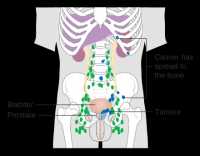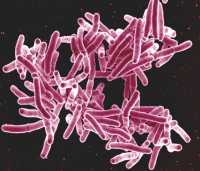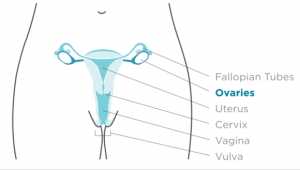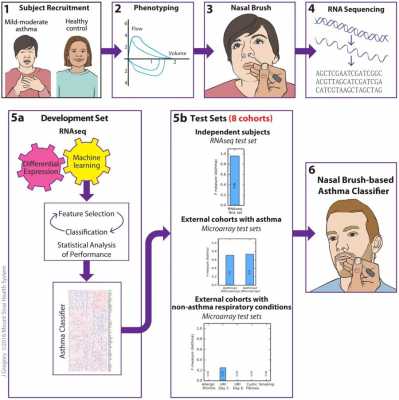Author Interviews, Biomarkers, Lancet, OBGYNE, Pediatrics / 01.04.2019
Fetal Haptoglobin as Potential Biomaker for Increased Risk of Cerebral Palsy
MedicalResearch.com Interview with:
Catalin S. Buhimschi MD, MMS, MBA
Professor of Obstetrics and Gynecology
Division of Maternal Fetal Medicine
Director of Obstetrics
Department of Obstetrics and Gynecology
Chicago, IL, 60612
MedicalResearch.com: What is the background for this study? What are the main findings?
Response: In 2008, the Eunice Kennedy Shriver National Institute of Child Health and Human Development (NICHD) Maternal–Fetal Medicine Units Network published the results of a randomized controlled trial of magnesium sulfate for the prevention of cerebral palsy (CP). The results of this trial suggested that fetal exposure to magnesium sulfate before anticipated early preterm delivery did not reduce the combined risk of moderate to severe cerebral palsy or death, although the rate of cerebral palsy was reduced among survivors. As such, the search for a biomarker or a therapeutic solution to prevent CP had to continue.
We are grateful to the NICHD for giving us access to the umbilical cord blood samples retrieved at the time of birth for the infants enrolled, who were also followed for 2 years postnatally. We discovered that fetus’s ability to switch-on haptoglobin (Hp) expression in response to inflammation was associated with reduction of intra-ventricular hemorrhage (IVH) and/or death, and cerebral palsy and/or death. Fetuses unable to mount such a response in-utero had an increased risk of adverse outcomes.
(more…)





















